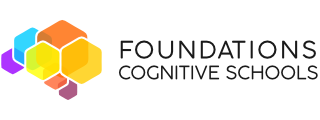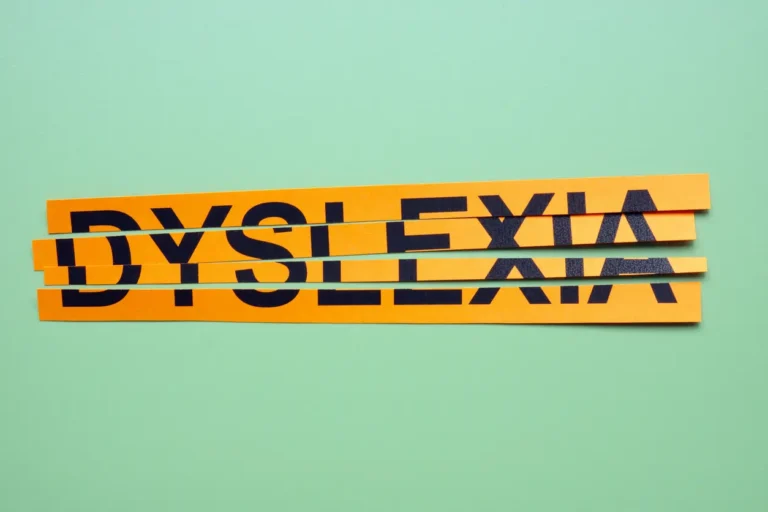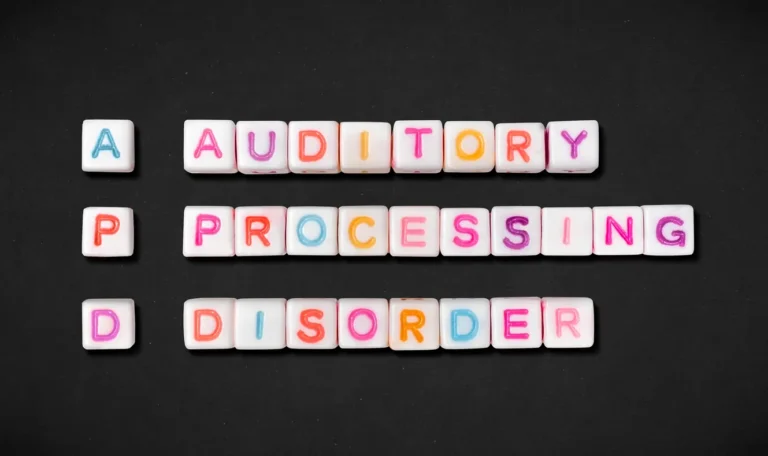Story at-a-glance Executive function is your brain's management system – These skills include planning, organization, time management, impulse control, and flexible thinking, essentially serving as the CEO that coordinates all other brain functions. Deficits create daily chaos despite intelligence – Children with executive function disorders may excel academically but struggle with basic life …
[Read more...] about Executive Function Disorders: The Brain’s CEO Isn’t Working





